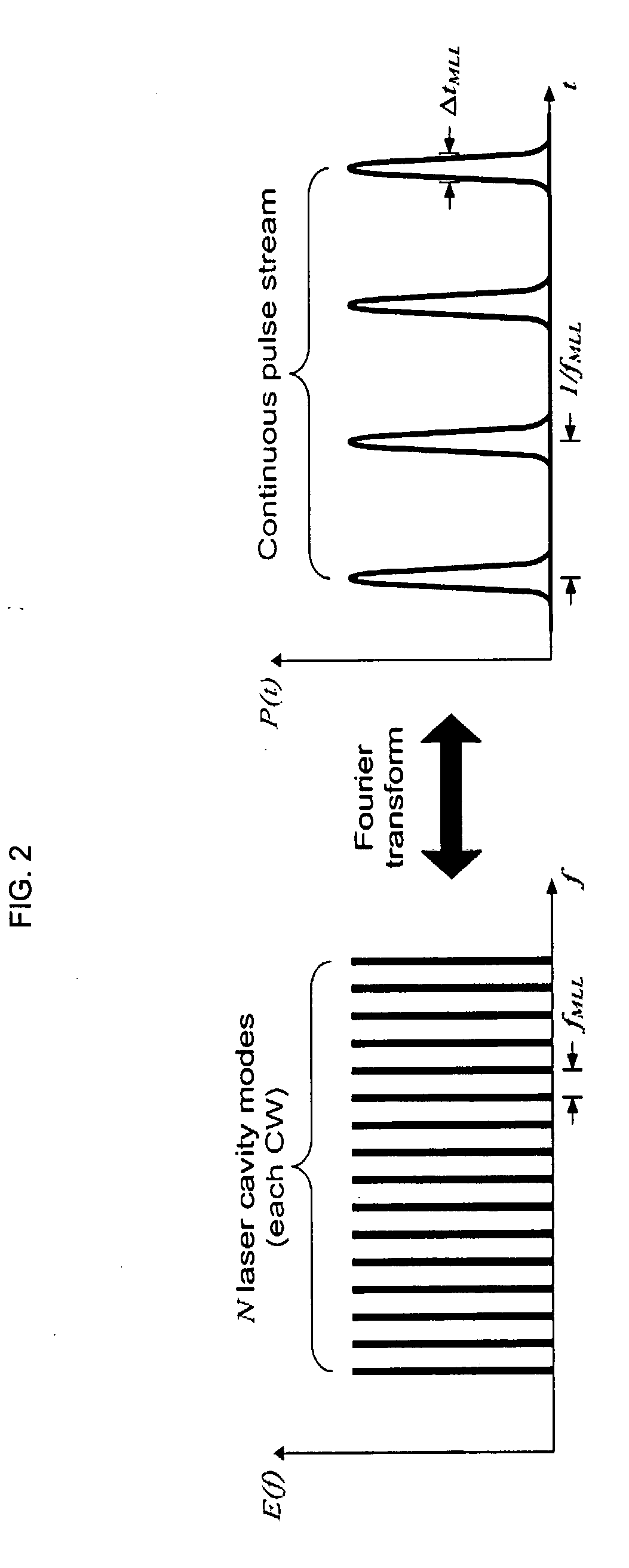Multi-wavelength optical CDMA with differential encoding and bipolar differential detection
a multi-wavelength, differential detection technology, applied in the field of optical communication, can solve the problems of difficult to hear the other party in a conversation, the number of users and/or data rates are quite limited, and the conversation will drown out the other conversations,
- Summary
- Abstract
- Description
- Claims
- Application Information
AI Technical Summary
Benefits of technology
Problems solved by technology
Method used
Image
Examples
Embodiment Construction
[0027] The aspects, features and advantages of the present invention will be appreciated when considered with reference to the following description of preferred embodiments and accompanying figures. In describing the preferred embodiments of the invention illustrated in the figures, specific terminology will be used for the sake of clarity. However, the invention is not intended to be limited to the specific terms so selected, and it is to be understood that each term selected includes all technical equivalents that operate in a similar manner to accomplish a similar purpose.
[0028]FIG. 1 illustrates an optical CDMA communications system 100. A message 102 is input to a transmitter 104. The message may be, for instance, a voice communication, a video transmission, graphical information or other data. The message 102 is processed by the transmitter 104 to generate an encoded message as will be explained below, and then the encoded message is passed through a communications channel 1...
PUM
 Login to View More
Login to View More Abstract
Description
Claims
Application Information
 Login to View More
Login to View More - R&D
- Intellectual Property
- Life Sciences
- Materials
- Tech Scout
- Unparalleled Data Quality
- Higher Quality Content
- 60% Fewer Hallucinations
Browse by: Latest US Patents, China's latest patents, Technical Efficacy Thesaurus, Application Domain, Technology Topic, Popular Technical Reports.
© 2025 PatSnap. All rights reserved.Legal|Privacy policy|Modern Slavery Act Transparency Statement|Sitemap|About US| Contact US: help@patsnap.com



